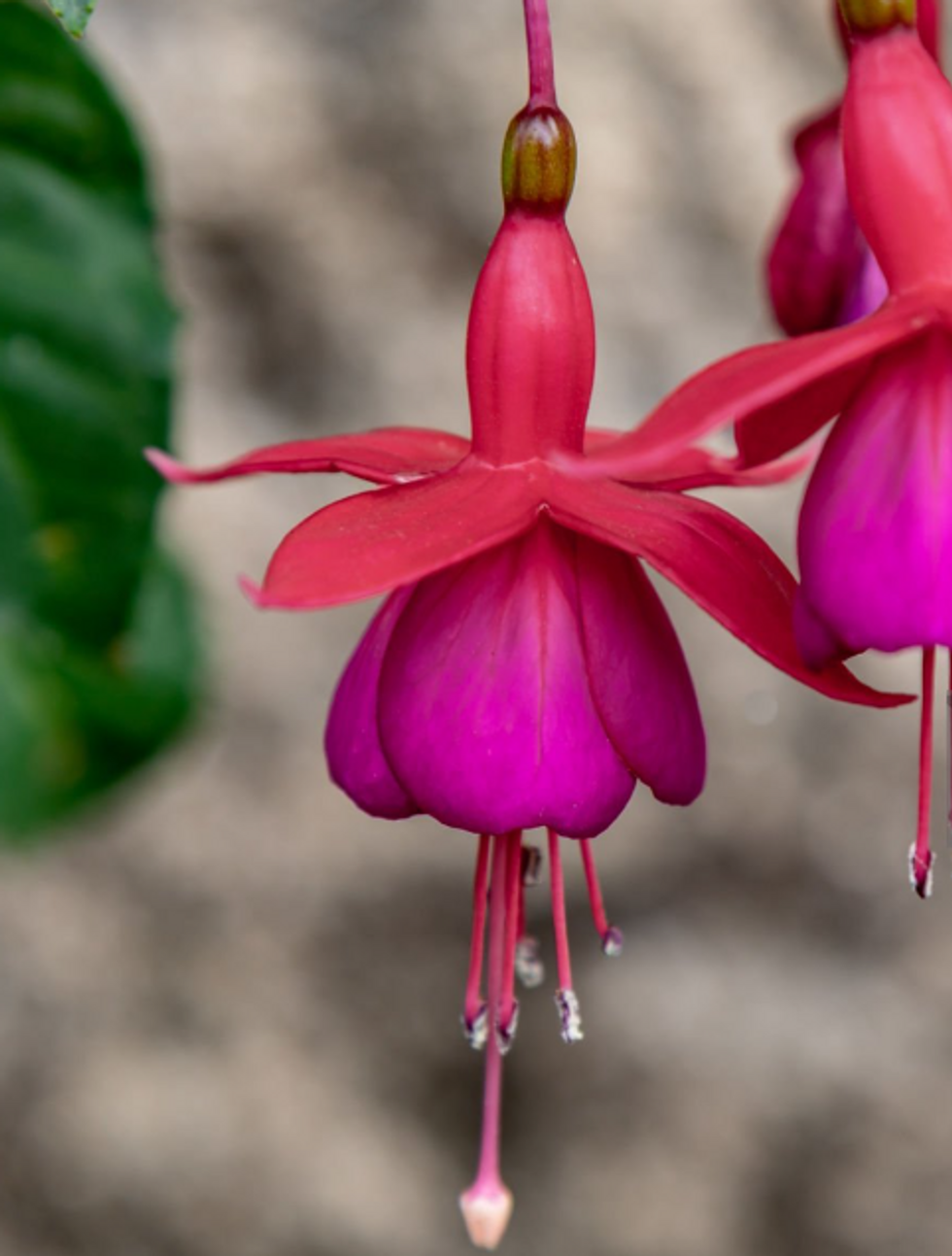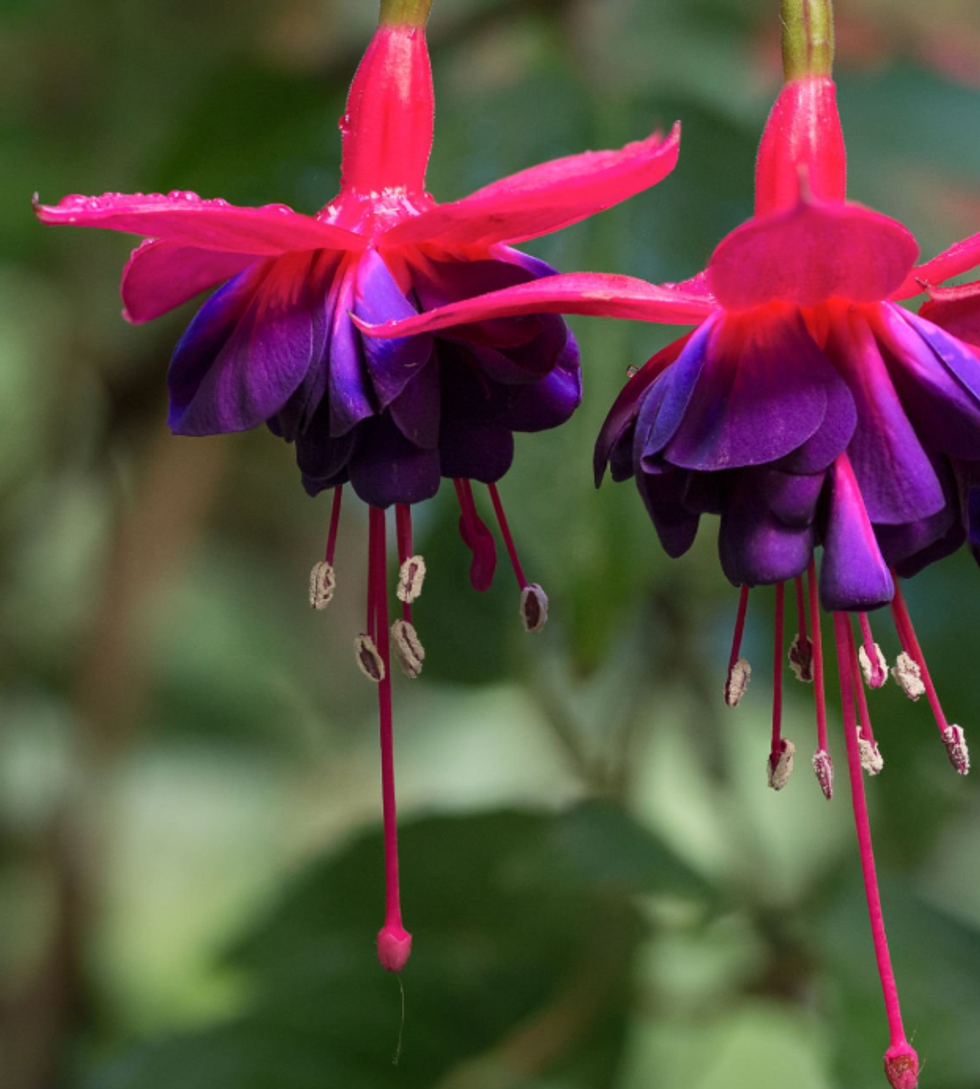In the garden with GB News: Fuschias require 'extra care' as the temperatures drop - how to help them thrive through winter

GB News is sharing everything you need to know to grow and care for the plants in your garden and home. This week, we look at caring for fuschias, particularly as temperatures cool
Don't Miss
Most Read
Fuschias are colourful, flowering plants that can brighten up your outdoor space.
Often associated with spring and summer, it is possible to see them thrive during the colder months.
While they prefer milder conditions, it is possible to see them thrive during winter, with the right attention.
This is according to an expert at Allan's Gardeners Jane Dobbs, who shared her tips and tricks for looking after the flowers.
 The plants create a colourful display in your garden | GETTY
The plants create a colourful display in your garden | GETTYShe told GB News: "A hardy fuchsias like Fuchsia Riccartonii and Fuchsia magellanica, can survive winters directly in the ground.
"While tender fuchsias such as Fuchsia Thalia and Fuchsia Swingtime grow well in pots, they are more susceptible to frost and require extra care during winter. Fuchsias prefer mild weather, between 10°C and 24°C."
Where the plants are placed in your outdoor spaces is important as too much sun can scorch leaves.
Jane continued: "Indirect sunlight or dappled shade is ideal for fuchsias. Too much direct sunlight can scorch leaves, while too much shade may lead to fewer flowers.
"Sunlight in the morning and shade in the afternoon are ideal. The key to growing healthy fuchsias is well-draining, fertile soil. A slightly acidic (PH6-7) to neutral soil is ideal for them. Adding organic matter to the soil can improve its quality and drainage."
Gardeners should make an effort to keep their plants warm and prepare them now before the first frost. You can do this by mulching or moving the flowers into a greenhouse.
Jane continued: "The roots of hardy fuchsias should be mulched around the base to protect them from frost during winter. When the first frost hits, trim the stems back about 15cm.
"You should bring tender fuchsias inside before the first frost. You should keep them in a cool, frost-free area, like a greenhouse or conservatory, and water them less during the dormant season."
Planning ahead for next year? The expert shared advice on doing this if you can hold off until spring or summer.
LATEST DEVELOPMENTS
 Fuchsias make a colourful addition to a garden | GETTY
Fuchsias make a colourful addition to a garden | GETTYShe advised: "The best time to plant fuchsias is late spring or early summer, after the last freeze. During this time, the plants can establish themselves before flowering.
"Regular watering is also necessary for fuchsias, particularly during their flowering season. Maintain moist but not waterlogged soil. Pots may need to be watered more frequently during hot weather.
"If you apply liquid fertiliser every two weeks during the growing season, you'll see healthy growth and many blooms. If you overfertilise, you'll lose flowers.
"Plants need to be pruned regularly to stay healthy and bushy. Remove dead or damaged growth from hardy fuchsias in early spring. To shape tender varieties and encourage new growth, prune lightly."
Looking for more care tips? GB News has a guide on jobs to do for your trees now for a beautiful blossom in the spring. Or see as experts share advice on when to mow the lawn for the final time of the year.










